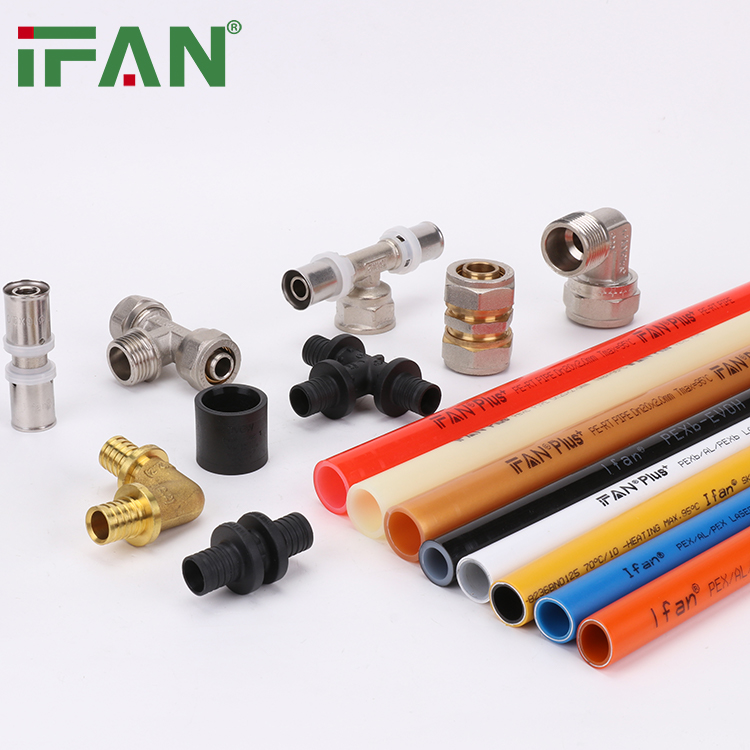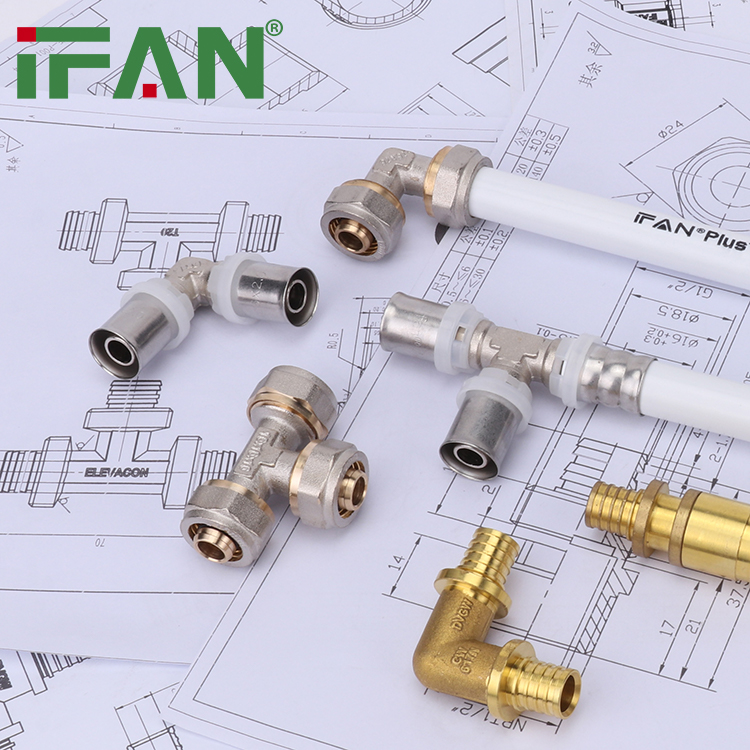ABS (acrylonitrile butadiene styrene) pipes are commonly used in plumbing and drainage systems. Understanding the measurements of ABS pipes is crucial for proper installation and compatibility with fittings.

Internal Diameter
The internal diameter of an ABS pipe refers to the innermost diameter of the pipe and is typically measured in millimeters (mm). The internal diameter determines the flow capacity of the pipe and is important for selecting appropriate fittings and ensuring proper fluid flow through the system.
External Diameter
The external diameter of an ABS pipe refers to the outermost diameter of the pipe and is usually measured in millimeters (mm). The external diameter is essential for fitting the pipe into connectors, fittings, or other pipes. It is crucial to ensure that the external diameter matches the fittings or connectors for a secure and leak-free connection.
Wall Thickness
The wall thickness of an ABS pipe refers to the distance between the internal and external diameters and is typically measured in millimeters (mm). The wall thickness affects the strength and durability of the pipe and is an important factor to consider when selecting ABS pipes for specific applications.

It is important to note that the internal diameter, external diameter, and wall thickness of ABS pipes may vary depending on the specific manufacturer or standards in use. Therefore, consulting the manufacturer’s specifications or relevant standards is crucial to ensure accurate measurements and proper selection of ABS pipes for specific plumbing or drainage applications.
In conclusion, understanding the measurements of PVC and ABS pipes is essential for selecting the appropriate pipes and ensuring proper installation. PVC pipes have internal and external diameters, as well as wall thickness, while ABS pipes have internal and external diameters and wall thickness. Nominal bore tables are available for PVC pipes, providing standardized references for internal diameters, while ABS pipe measurements may vary depending on the manufacturer or standards. It is recommended to consult manufacturer specifications and relevant standards to ensure accurate measurements and proper selection of pipes.
The Versatility of PEX Pipes and Fittings in Residential Plumbing
PEX (cross-linked polyethylene) pipes and fittings have gained significant popularity in residential plumbing systems due to their versatility and numerous benefits. In this article, we will explore the versatility of PEX pipes and fittings in residential plumbing.
1. Flexible and Easy to Install
PEX pipes are highly flexible, allowing for easy installation even in tight spaces and around obstacles. They can be bent and curved without the need for additional fittings, minimizing the number of joints required. This flexibility simplifies the installation process and reduces the chances of leaks.
2. Corrosion Resistance
PEX pipes and fittings are resistant to corrosion, making them highly durable and suitable for long-term use. Unlike metal pipes, PEX does not react with water or chemicals, which helps to maintain water quality and prevent the buildup of rust and scale within the pipes.

3. Freeze Resistance
PEX pipes have excellent freeze resistance. They can expand and contract without causing damage, reducing the risk of bursting pipes during freezing temperatures. This property makes PEX a reliable choice for cold climate regions where freezing pipes are a common concern.
4. Chemical Resistance
PEX pipes and fittings exhibit high resistance to chemicals commonly found in residential plumbing systems. They can withstand exposure to chlorine, acids, and other harsh chemicals without deteriorating or degrading. This resistance ensures the longevity and reliability of the plumbing system.
5. Reduced Noise Transmission
PEX pipes help to reduce noise transmission within the plumbing system. Their smooth inner surface minimizes water flow noises, resulting in a quieter household. This is particularly advantageous in residential buildings where noise reduction is important for comfort.
6. Cost-Effective
PEX pipes and fittings are cost-effective compared to some other plumbing materials. They are typically less expensive than copper pipes and require fewer fittings and connections. Additionally, the ease of installation and the reduced need for specialized tools contribute to cost savings during the installation process.
7. Resistance to Scaling and Buildup
PEX pipes have a smooth inner surface that resists scaling and buildup over time. This characteristic helps to maintain water flow efficiency and prevents clogs, resulting in a consistent and reliable water supply to residential plumbing fixtures.
8. Compatibility with Different Water Sources
PEX pipes and fittings are compatible with various water sources, including both hot and cold water. They can withstand high water pressure and temperature fluctuations without compromising their structural integrity. This versatility allows for their use in various residential plumbing applications.

In summary, the versatility of PEX pipes and fittings in residential plumbing is evident through their flexibility, corrosion resistance, freeze resistance, chemical resistance, noise reduction, cost-effectiveness, resistance to scaling and buildup, and compatibility with different water sources. These properties make PEX a popular and practical choice for residential plumbing systems, providing homeowners with a reliable and efficient plumbing solution.
